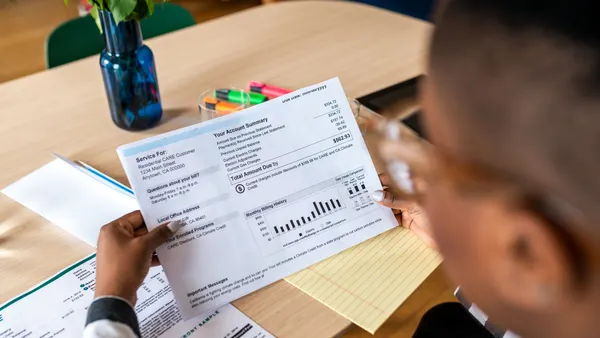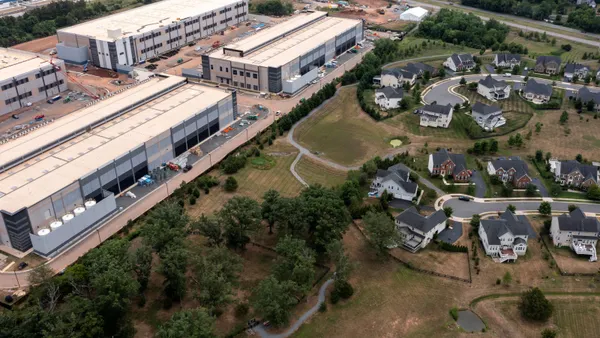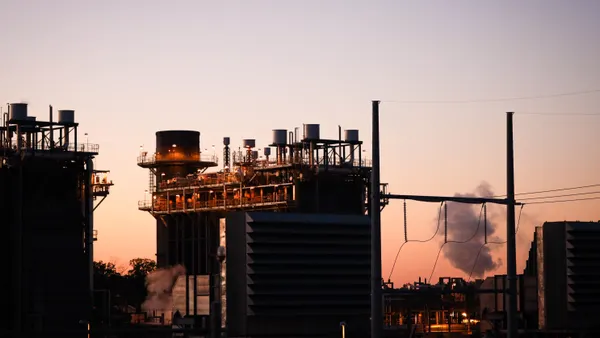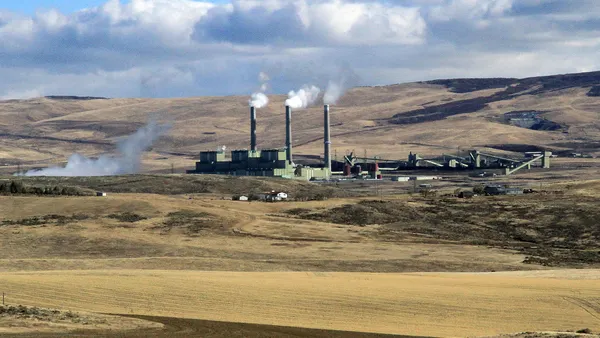Dive Brief:
- The U.S. Energy Information Administration reported this week that total electricity sales in 2015 fell 1.1% from the previous year, marking the fifth time in the past eight years that electricity sales have fallen, Platts reports.
- EIA said the decline reflects falling sales in the industrial sector and "little or no growth in sales to the residential and commercial building sectors," despite a rise in the number of households and commercial building space.
- Declining demand reflects a combination of factors, EIA said, including slower economic growth, increasing efficiency of electricity-using equipment and the changing composition of the economy, especially in the electricity-intensive manufacturing sector.
Dive Insight:
Energy efficiency, whole-building reductions in power demand, a recovering economy and advances in manufacturing have all combined to depress power sales, a trend which EIA says may be accelerating.
"Although efficiency policies have primarily focused on electricity use in the residential and commercial sectors, the slowing of electricity sales growth over the past decade is dominated by declining electricity sales to industry, which mainly reflect economic factors," EIA said in its March 14 research note.
Between 2007 and 2015, residential power sales accounted for 37.7% of all retail electricity sales. EIA said the continued population shift to the South and West "has implications for space heating, as electricity is a more common space heating fuel" in those regions. Growth in sales of power to commercial buildings averaged 1.1% annually over 2000–2015, EIA said, and accounted for 36.5% of retail electricity use in 2015, up from a 35.6% sales share in 2007.
In the industrial sector, EIA said electricity sales to industry decreased at an annual average rate of 0.7% over 2000–2015, as the sector's share of total retail electricity sales fell from 31.2% to 25.8%.
"Electricity use in the industrial sector has historically been sensitive to economic conditions as the industry responds to changing demand for goods," EIA explained. "The sector experienced a 9.1% year-over-year decrease in electricity use in 2009, during the 2008–09 recession, and electricity sales have declined at an annual rate of 0.9% from their peak in 2007 to 2015."
Electricity-intensive industries have grown at about the same pace as the rest of the industrial sector, the agency said, and efficiency improvements in these industries have contributed to the decline in power sales.
In an earlier report in December, the EIA predicted a modest decrease in residential sales for full-year 2016. Residential sales are forecasted to decline 0.5% next year, to 3.86 billion kWh daily, unchanged from 2014 levels. But increases to commercial and industrial demand, however, will offset the loss, and the EIA is predicting retail sales of 10.3 billion kWh/day across the United States, up from 10.21 billion kWh/day in 2013.














